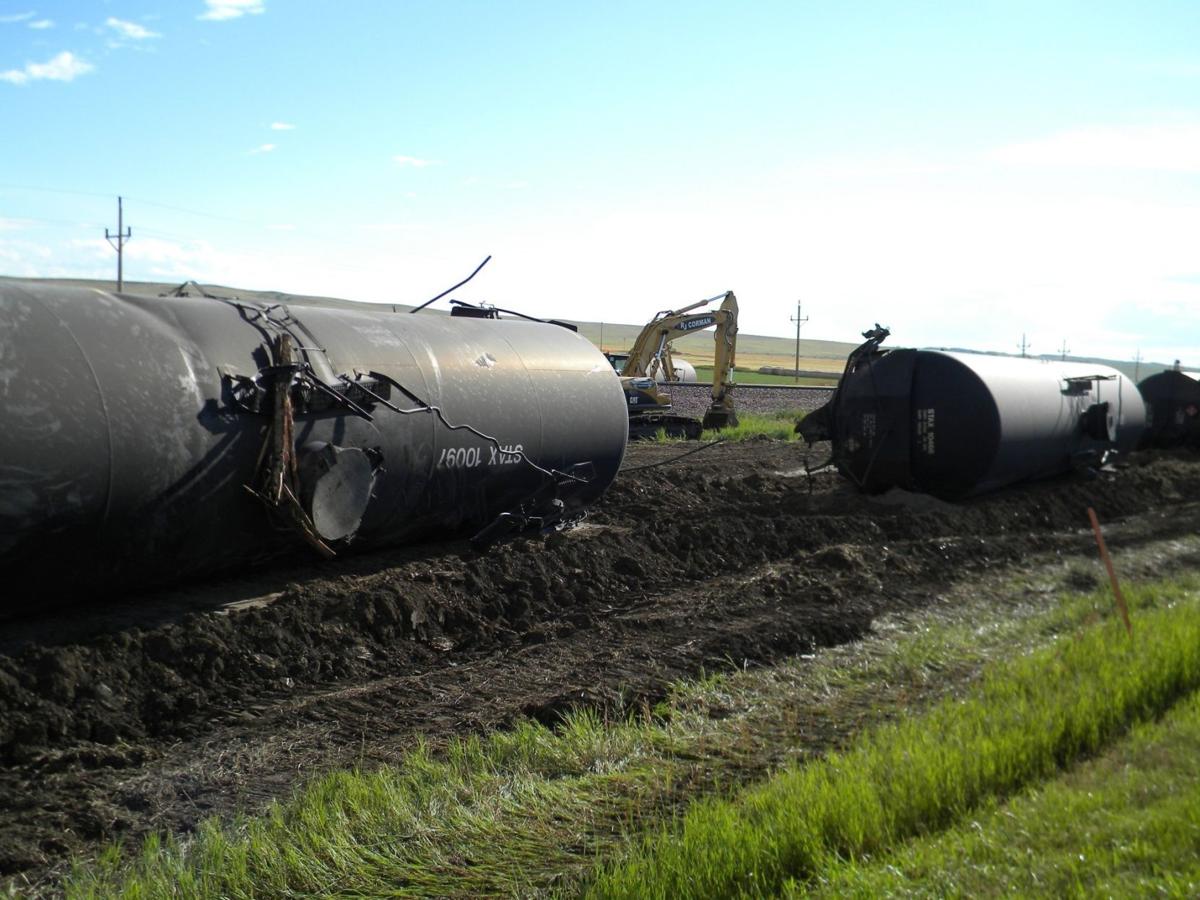Repost from the Fairfield Daily Republic
Safety still a primary concern with Valero rail transport plan
By Kevin W. Green, November 07, 2015
FAIRFIELD — Most of those who provided formal comments on the revised draft environmental impact report for the Valero crude-by-rail project in Benicia focused on a need for increased safety and possible mitigation measures.
The city of Benicia Planning Department received plenty of input leading up to last week’s deadline for submitting written comments on the revised report.
The proposed project would allow Valero to transport crude oil to its Benicia refinery on two 50-car freight trains daily on Union Pacific tracks that come right through downtown Davis on their way to Benicia. The trains also pass through Dixon, Fairfield and Suisun City.
The rail shipments would replace up to 70,000 barrels per day of crude oil currently transported to the refinery by ship, according to city documents. The Valero refinery would continue to receive crude by pipeline, the city said.
Among the written comments submitted on the revised impact report was an eight-page response from the Sacramento Area Council of Governments. The agency responded on behalf of the 22 cities and six counties in its jurisdiction, including the city of Davis and Yolo County.
“Our earlier letter expressed grave concern that the DEIR concluded that crude oil shipments by rail pose no ‘significant hazard’ to our communities, and we urged the city of Benicia to revise the DEIR to fully inform decision-makers and the public of the potential risks of the project,” SACOG said in its remarks.
The agency’s response included a list of eight measures its board of directors indicated that, at a minimum, should be followed.
Those directives include advance notification to county and city emergency operations offices of all crude oil shipments; limits on storage of crude oil tank cars in urbanized areas of any size; and appropriate security for all shipments.
Other directives outlined need for support, including full-cost funding for training and outfitting emergency response crews; and use of freight cars with electronically controlled pneumatic brakes, rollover protection and other features that mitigate what the agency believes are the risks associated with crude oil shipments.
Finally, the agency calls for the implementation of Positive Train Control to prioritize areas with crude oil shipments.
Solano County Resource Management Director Bill Emlen, a former Davis city manager, noted in his response that he had no specific comment on the revised report, but that the county stands behind its initial remarks about the original draft report.
In those remarks, dated Sept. 8, 2014, Emlen said the county wanted more done to address potential derailments.
The original draft EIR admitted the project “could pose significant hazard to the public or the environment,” but minimized the chances of that happening.
“Although the consequences of such a release are potentially severe, the likelihood of such a release is very low,” the report said.
Emlen disagreed that the accident risks associated with the crude-by-rail proposal are “less than significant” without mitigation.
Valero plans to use a type of tank car designated as CPC-1232 to transport oil between Roseville and Benicia and there will be a 40 mph speed limit through federally designated “high-threat urban areas,” including cities along the route, according to the draft report.
Emlen said it appears Valero’s use of the CPC-1232 tank cars is voluntary, rather than mandatory. He also pointed out that the federal designation for high-threat urban areas extends only 10 miles east of Vallejo and 10 miles west of Sacramento, which leaves out most of Solano County.
Emlen cited a derailment and spill that took place in Virginia with a train using CPC-1232 tank cars and traveling 23 mph.
“Therefore, the use of CPC-1232 tank cars at low speeds does not alone mitigate the potential impact from a train derailment,” he said.
Other cities that submitted a written response on the revised draft included Davis, Albany, Gridley and Briggs. Other counties that responded included Yolo, Placer and Nevada counties.
An original draft EIR was issued for the project in June 2014. Benicia said it issued the revised draft EIR in response to requests made in that original report. The city released the revised document Aug. 31 for a 45-day review period. It later extended the deadline for submitting written comments from Oct. 16 to Oct. 30.
The Benicia Planning Commission also gathered public input on the revised document at a Sept. 29 meeting.
The Valero project involves the installation of a new railcar unloading rack, rail track spurs, pumps, pipeline and associated infrastructure at the refinery, according to a city report. The crude would originate at sites in North America.
Union Pacific Railroad would transport it using existing rail lines to Roseville, and from there to the refinery, the city said.


